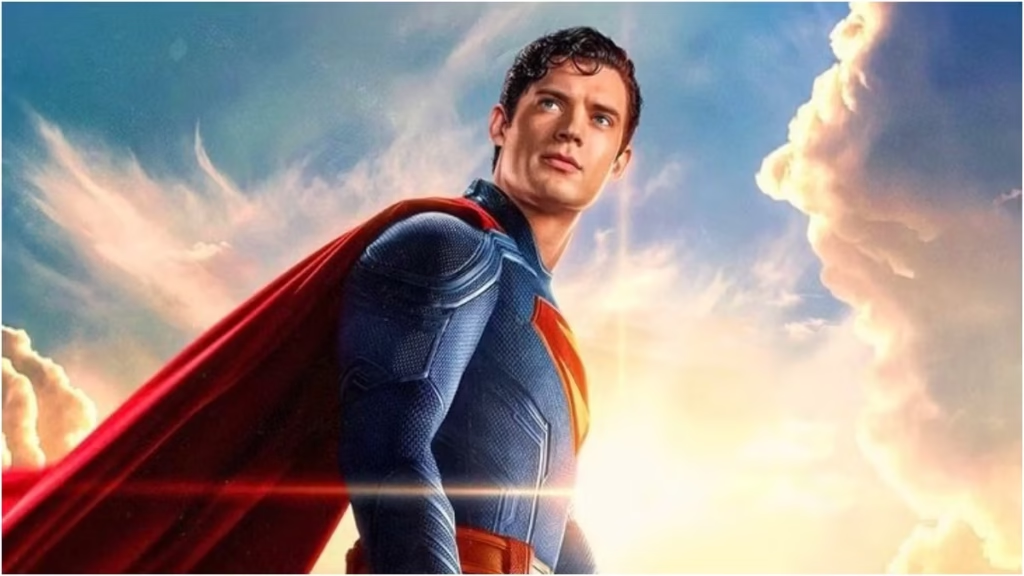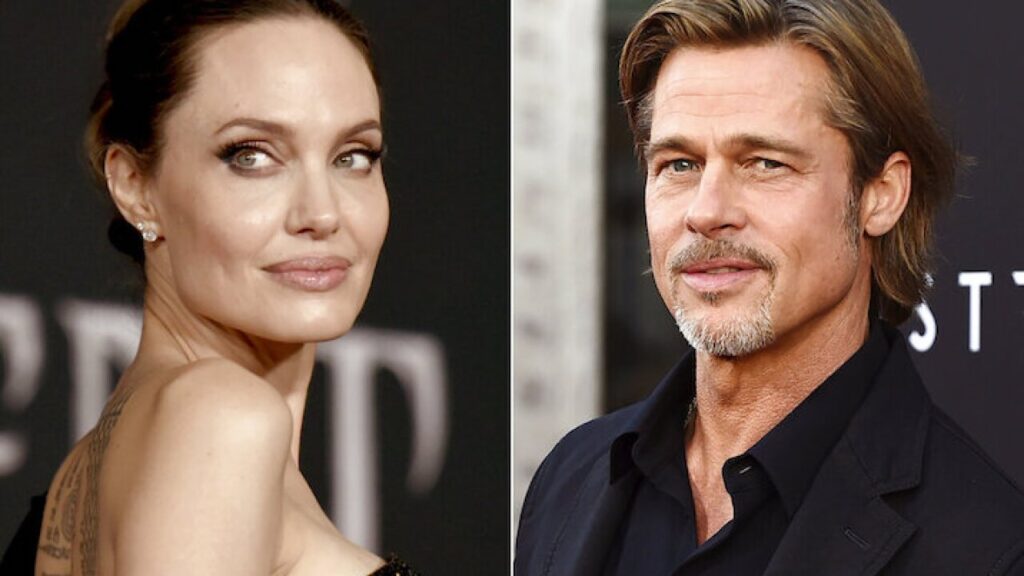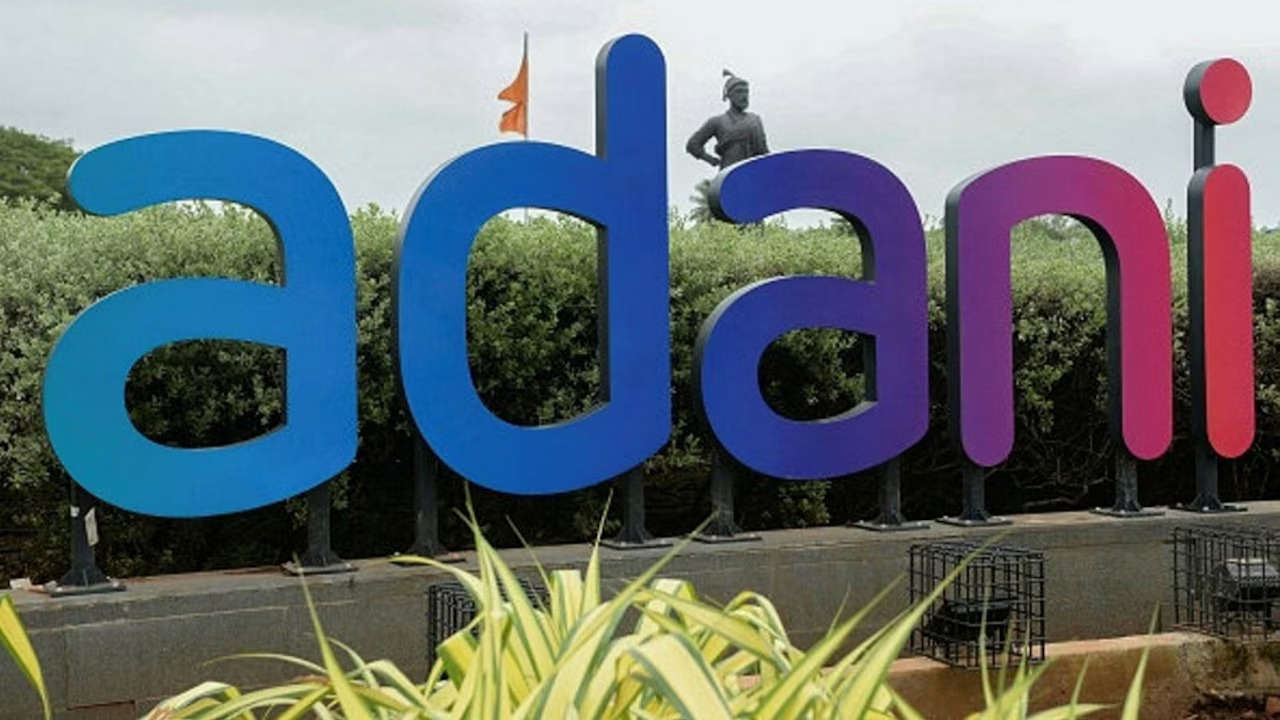Now Reading: The Evolution of Love on Screen: How Modern Cinema is Redefining Relationships and Gender Roles
-
01
The Evolution of Love on Screen: How Modern Cinema is Redefining Relationships and Gender Roles
The Evolution of Love on Screen: How Modern Cinema is Redefining Relationships and Gender Roles

For decades, Hollywood has shaped our perceptions of love, relationships, and the roles men and women play within them. From classic damsel-in-distress narratives to the rise of the alpha male, cinema has both reflected and reinforced societal norms. However, the 21st century has ushered in a refreshing wave of storytelling, one that challenges traditional tropes and offers a more nuanced, realistic, and inclusive portrayal of love and life.
Breaking Down the Stereotypes
Traditional romantic comedies often adhered to a rigid formula: boy meets girl, they face an obstacle, they overcome it, and they live happily ever after. Within this framework, gender roles were often clearly defined. Men were the providers, the protectors, the pursuers. Women were the emotional caretakers, the objects of desire, often waiting to be rescued. These stereotypical portrayals, while entertaining, perpetuated limiting expectations for both men and women.
Modern cinema is actively dismantling these stereotypes. We see more and more films where:
- Women are not just love interests: They are complex characters with their own ambitions, desires, and flaws. They are scientists, CEOs, adventurers, and everything in between. They initiate relationships, make their own choices, and define their own happiness.
- Men are allowed to be vulnerable: They express emotions beyond anger and stoicism. They struggle with self-doubt, seek emotional support, and embrace nurturing roles.
- Relationships are not always the central focus: Films explore other aspects of life, such as career aspirations, personal growth, and familial bonds, with equal importance. Love is not presented as the sole source of fulfillment.
Redefining “Happily Ever After”
The traditional “happily ever after” usually culminated in marriage, signifying the ultimate romantic achievement. Modern films are expanding this definition. “Happily ever after” can now mean:
- Choosing oneself: Characters prioritize self-discovery and personal growth, recognizing that they don’t need a romantic partner to be complete.
- Non-traditional relationships: Films explore diverse forms of love, including same-sex relationships, polyamorous relationships, and platonic partnerships.
- Accepting imperfection: Relationships are portrayed with all their complexities, including disagreements, compromises, and challenges. The focus is on realistic connection rather than idealized perfection.
The Impact on Society
These evolving portrayals of love and relationships have a significant impact on society. By challenging traditional norms, they:
- Promote gender equality: They encourage viewers to question limiting stereotypes and embrace a more equitable view of gender roles.
- Foster healthier relationships: They emphasize communication, mutual respect, and emotional vulnerability as key components of healthy relationships.
- Encourage self-acceptance: They validate diverse experiences and life choices, promoting self-love and acceptance.
Examples in Contemporary Cinema
Numerous films exemplify this shift in storytelling. Some notable examples include:
- “Frances Ha” (2012): This film portrays a young woman’s journey of self-discovery as she navigates her 20s in New York City. The focus is on her friendships, her career aspirations, and her personal growth, with romantic relationships playing a secondary role.
- “Her” (2013): This thought-provoking film explores a man’s relationship with an AI operating system. It raises questions about the nature of love, connection, and human interaction in the digital age.
- “Moonlight” (2016): This coming-of-age drama tells the story of a young Black man’s journey through childhood, adolescence, and adulthood as he grapples with his identity and sexuality. It offers a sensitive and nuanced portrayal of masculinity and vulnerability.
- “Lady Bird” (2017): This coming-of-age story focuses on a teenage girl’s complex relationship with her mother and her own aspirations as she prepares to leave home for college. While romance is a part of the story, it’s not the defining element.
- “Nomadland” (2020): This film follows a woman who embarks on a nomadic journey across the American West after losing everything in the Great Recession. It explores themes of grief, resilience, and community, with a focus on individual experience and connection to the natural world.
The Future of Love on Screen
As society continues to evolve, so too will the stories we tell. We can expect to see even more diverse and inclusive portrayals of love, relationships, and life on screen. Films will continue to challenge traditional norms, explore new forms of connection, and reflect the ever-changing landscape of human experience.
The evolution of love on screen is not just a trend; it’s a reflection of a broader cultural shift towards greater inclusivity, authenticity, and emotional intelligence. By embracing these changes, cinema is not only becoming more entertaining but also more meaningful and relevant to our lives. It is helping us to better understand ourselves, our relationships, and the world around us.










